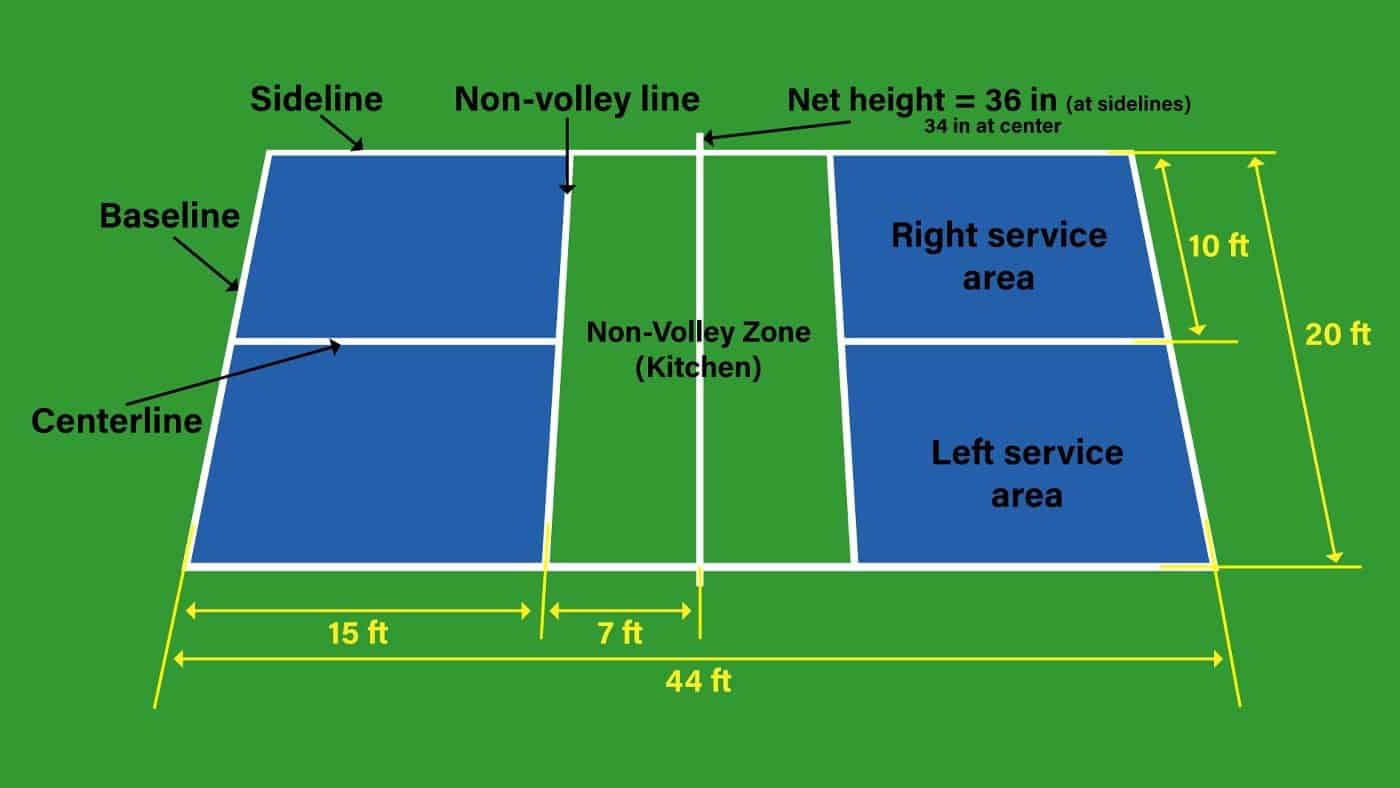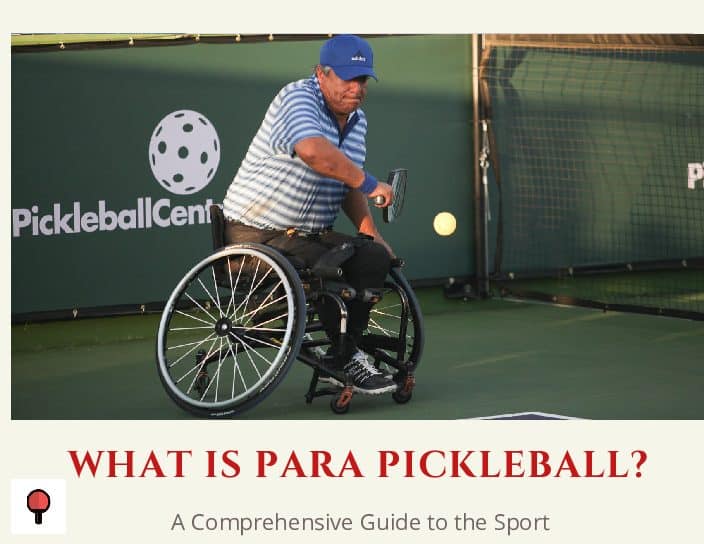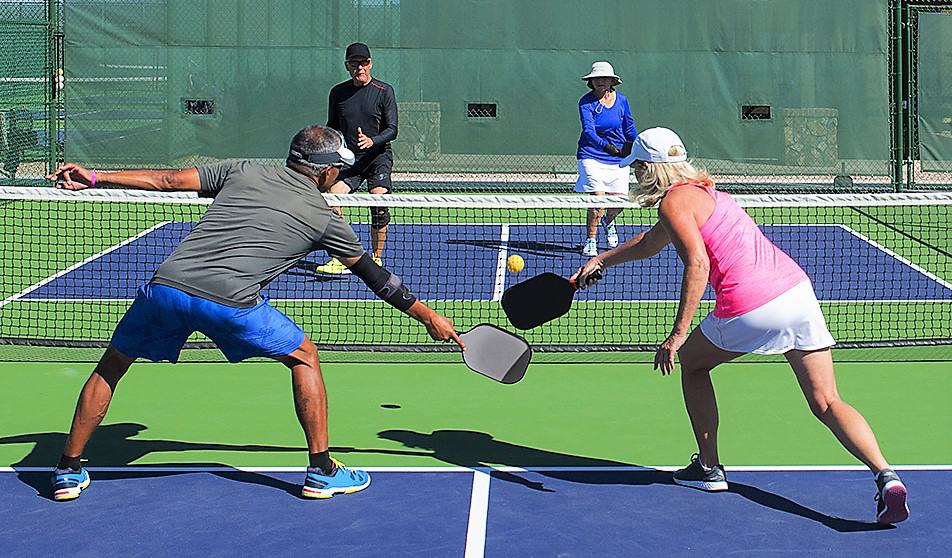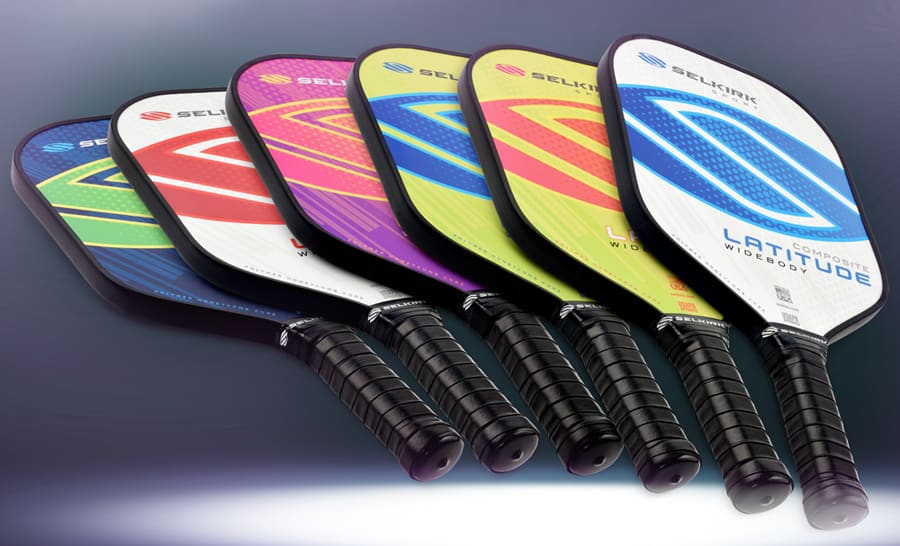In the last decade, people who wanted to play pickleball started looking for ways to convert empty badminton and tennis courts into pickleball courts. This article addresses the main problems with fixing new pickleball courts. It is often joked that pickleball came into being when baby boomers retired. Whether or not you’re inquisitive about fixing an easy court at home, reusing unused basketball court or serving to bring your community a multi-court, this guide is meant to assist you through every step of the procedure. We’ll begin with the fundamentals of court construction in order that if you’re new to the sport you’ll get yourself started as quickly and inexpensively as possible.
Ready to revamp your playing area? We’ll guide you through the method of reworking some unused areas nearly every city has. Is there already a growing pickleball club? Looks like you’re able to begin operating together with your native sports department to search out a passionate area for multiple courts, maybe with some lighting for those short winter days.
A head start on building an outdoor pickleball court
Cost and Calculations:
The costs of pickleball court construction vary a lot depending on what you want. On the lower side, to begin with, an easy home set as well as a portable net, 4 paddles, some balls and some packs of court tape, you’ll be spending roughly two hundred to four hundred dollars.
On the higher end of the spectrum, you may get instance set underway by the pickleball club, which will roughly cost you around three hundred thousand dollars. Amongst the $300 starter set and also the three hundred thousand dollars multi-court community type court is what most people will fall. No matter your budget, pickleball is a simple sport to start with and even much easier to like.
Other Things to Remember:
Noise – Are your neighbors, other homeowners and the community, in general, alright with a court or courts being made? A growing range of communities have begun to report complaints regarding pickleball noise.
Location: What is the main source of light on your site? Shaded areas? Air? What time of day are you going to choose to play? All of those factors ought to be thought-about once you’re decisive the orientation of your court(s). The USAPA advises a north-south location.
Court Color: notwithstanding the surface you select for your court, you’ll have your choices of color schemes. You can use online tools to fiddle with different colors of your choice.
DIY or Skilled Contractors: fitting a basic court with an already present or unused pad could be a comparatively simple task that nearly anyone will do. With the proper tools, you may even place in your own everlasting nets and paint a pleasant and nice court. However, if you’re considering refurbishing, or building a brand-new court from scratch, it’s definitely worth the further value to own knowledgeable resources who know what they are doing. They’ll not only give full warranty for most work, but they’ll also facilitate you and make sure that your new court is up to the standards and guidelines code for your community.
Court Specific Considerations
Pickleball came into being as a yard creation in 1965 once a bunch of friends didn’t have a proper shuttlecock to play court games. Over some days of thinking, the creators found out instrumentation kinks. They reduced the net to thirty-six inches, designed some basic paddles out of laminate and made use of a wiffleball. If you’ve got a paved and plain driveway, or an asphalt court, then you can just slap some lines down and start playing whenever you like.
An official pickleball court is usually around twenty feet wide by forty-four feet lengthwise. The advised dimensions of a field are thirty-four by sixty-four feet. If changing a tennis court, four pickleball courts can be derived from the equivalent space at dimensions of thirty feet by sixty feet. If you’re fixing your court that is inside, it’s advisable that you just have a minimum of 18-20 feet of height to the areas that allow the light to enter.
If you’re thinking to put in permanent netting, you’ll have to figure out what size net you’d prefer to purchase. Regulation nets ought to all be positioned in order that they’re all thirty-six inches at the perimeters and 34″ within the middle of the court, but once it involves a net’s actual dimensions, product are available in as a 31″ height or a full thirty six inches. If you would like to be ready to roll a pickleball beneath the net space, choose the shorter 31″ variant, otherwise the 36″ web can stop balls from overpassing at a lower place.
Tape Considerations: It’s vital to check a little portion of your designed court to get a rough idea about how it adjusts to the tape before lining it completely. Most tape actually leave a small quantity of residue. This is mostly a non-issue because it can be cleaned off using warm water and/or a soaped cloth. when using tape, there’s a risk that tape may damage the color permanently.
Using Court Stencils:
Another great choice for court building is EZ Court Lines which cost around thirty-three dollars if taped or painted lines aren’t your thing. If you do go for drawing lines with painting, a sealer ought to be considered in addition to stopping the paint of the lines from bleeding.
Conclusion
All the steps are just a beginning kickstart to your passion for pickleball. You don’t have to go completely fancy and all-out while building a pickleball court. Keep in mind your budget as well as your area. Anything that you get around for a thousand dollars is a really good start, especially for those new to pickleball. As per the SA Pickleball Association, in 2018 alone, around 1000 new arenas, especially for pickleball, were opened worldwide. So why not start now with a pickleball court of your own choice.






